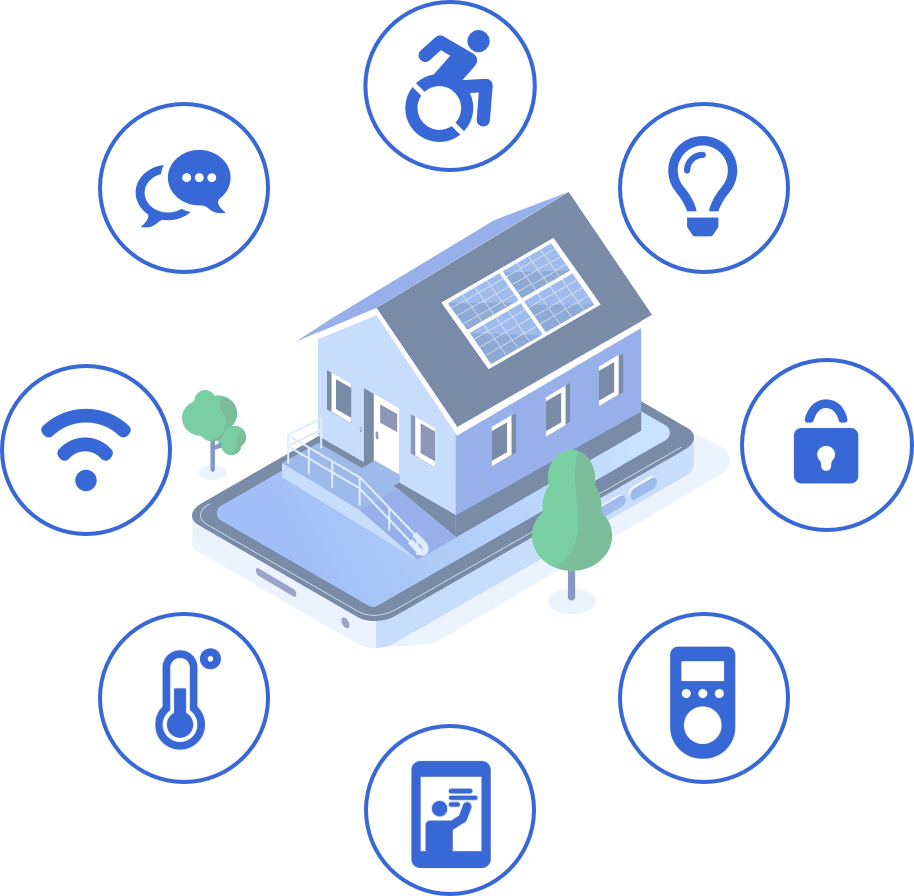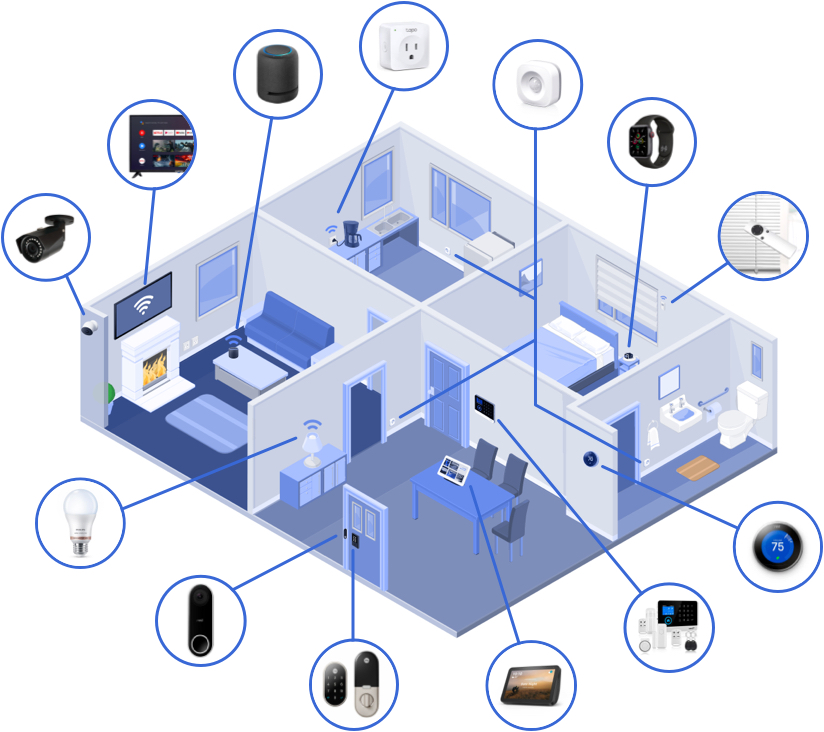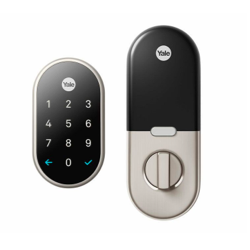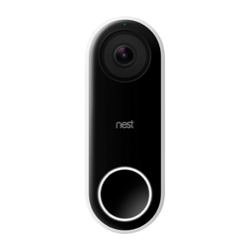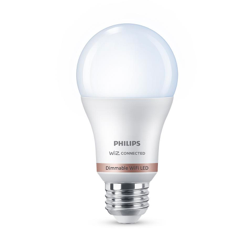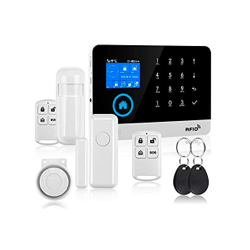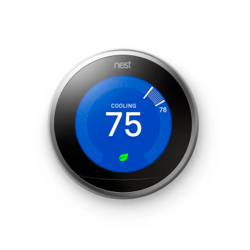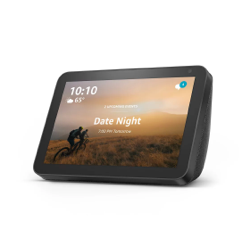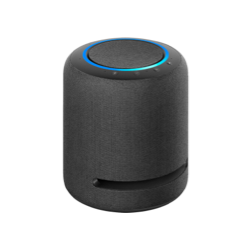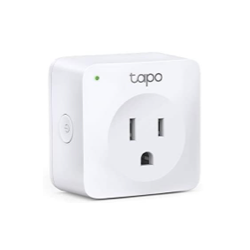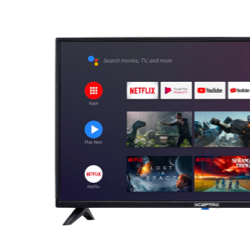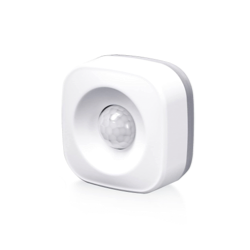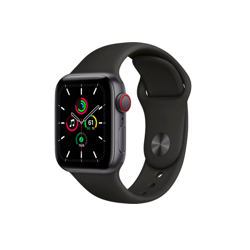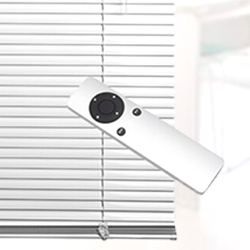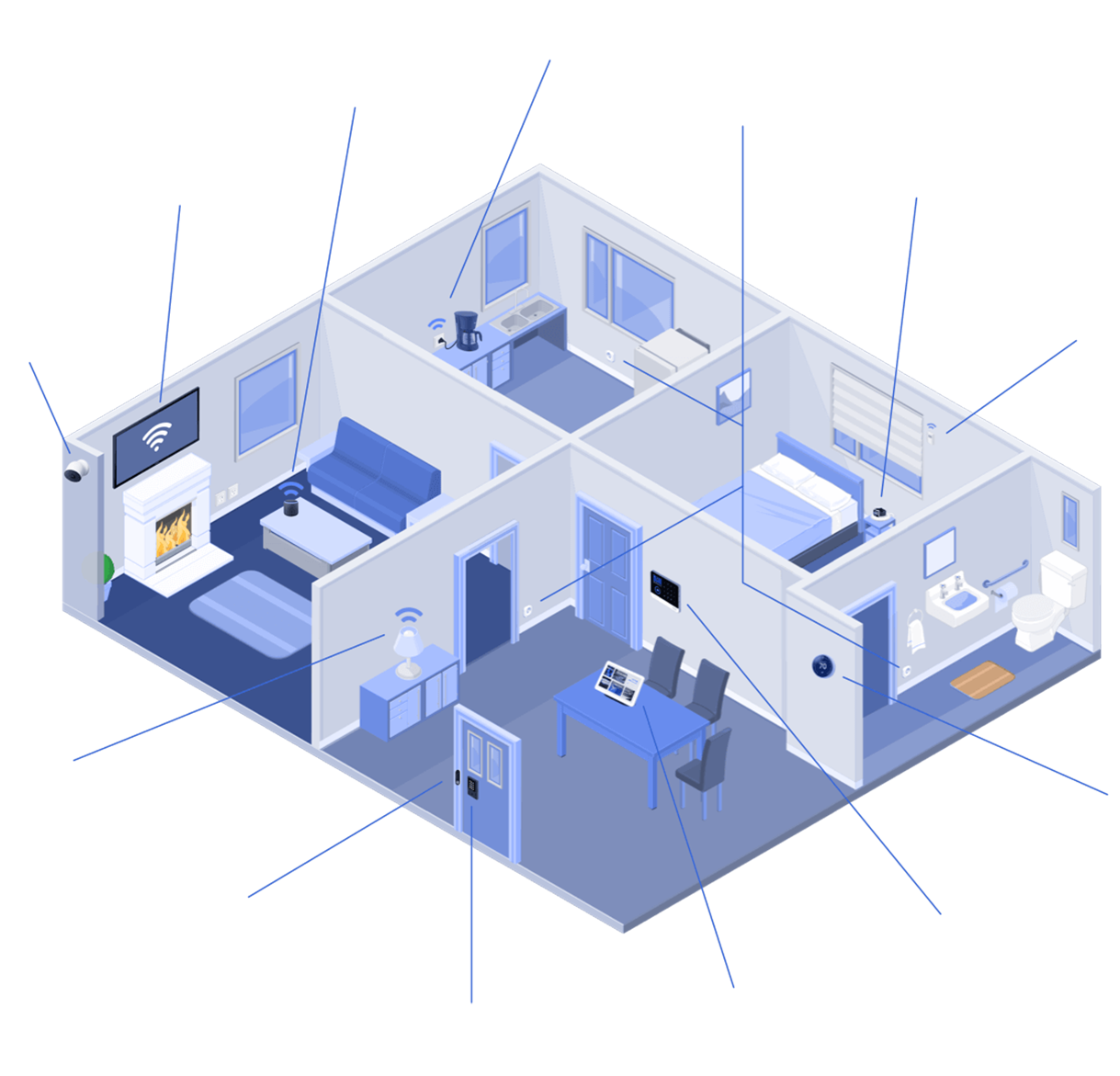The term “smart home technology” is used a lot these days, but what does it actually mean?
On this website, we define smart home technology as one or more internet-connected devices that can help someone control their environment and navigate everyday life activities by voice, movement, apps, or switches. Many of these devices can be automated and remotely controlled.
Examples of devices that can be “smart” include:
- Speakers that can help you get organized
- Light bulbs you can control with your voice
- Thermostats you can set remotely
- Plugs to control appliances through an app
- TVs that stream from the internet
- Home appliances like microwaves that can be programmed for specific foods
- Doorbells that send an alert to your phone so you can speak with visitors
- Door locks you can program to control who enters your home
- Security systems you can manage remotely
- Health monitoring systems that track your vitals
- And so much more!
Many of these devices are generic, mainstream devices available to everyone. They can be purchased off-the-shelf in stores or online.
For a person with a disability or someone who is aging, smart home technology can be life-changing. It can increase independence and autonomy, productivity, connection, safety and security, and joy!
Smart Home Technology Is Assistive Technology
The federal definition of assistive technology under the Assistive Technology Act is “any item, piece of equipment, or product system, whether acquired commercially, modified, or customized, that is used to increase, maintain, or improve functional capabilities of individuals with disabilities.”
In simpler terms, assistive technology is any device that helps a person with a disability do the things they want to do. This includes smart home technology that helps you live in your own home with greater independence, autonomy, and safety.
Assistive technology services include evaluation, assessment, maintenance, training, and repair.
How It Works
At its simplest, the elements that make up a smart home include:
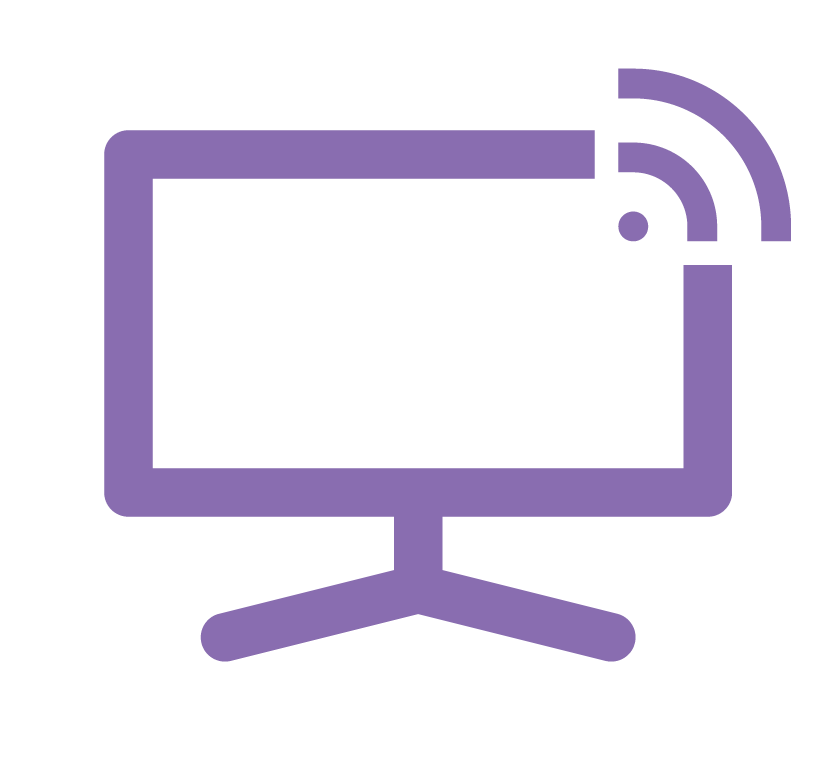

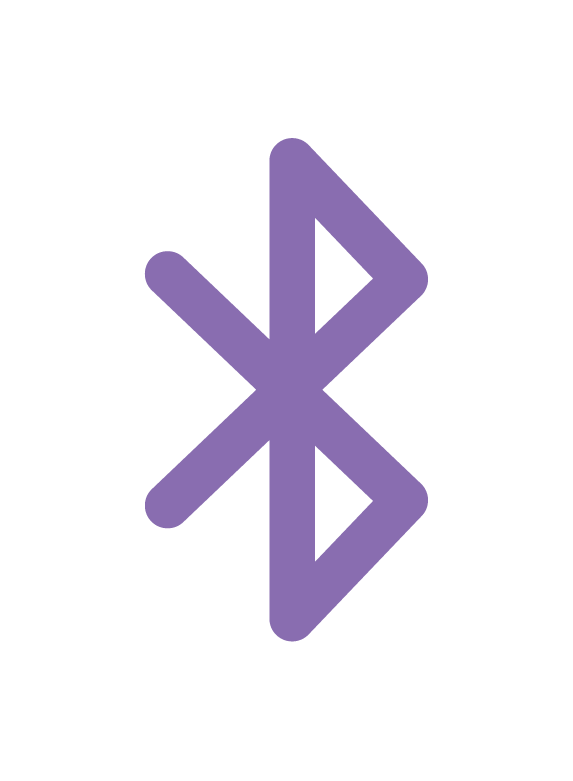



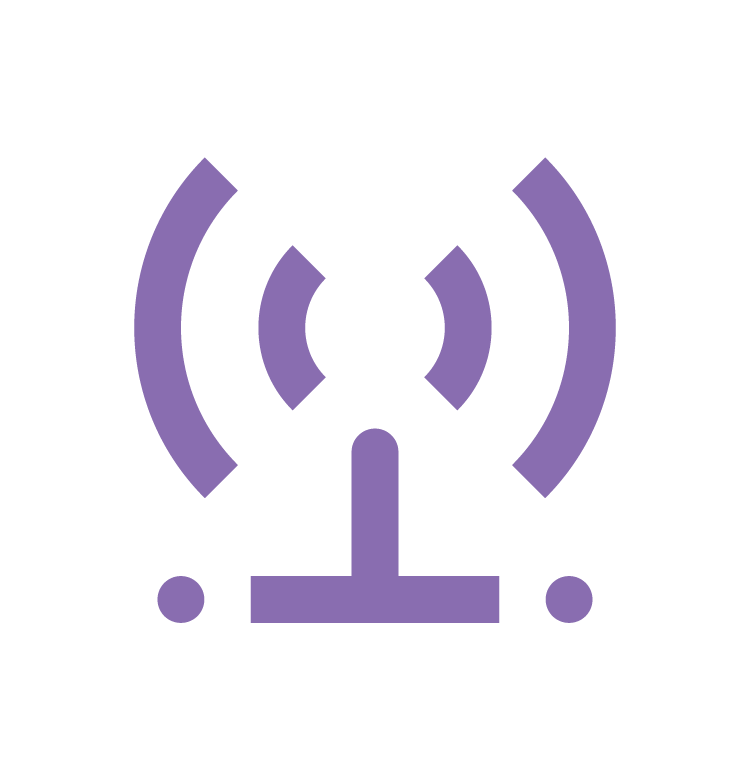
Smart home devices communicate using wireless communication protocols. Examples of these protocols are Wi-Fi, Bluetooth, Zigbee, and Z-Wave. Learn more about the difference between Wi-Fi, Zigbee, Z-Wave, and Bluetooth.
A device called a router provides Wi-Fi for your home and connects all of your devices to the internet. This is the most important device in your smart home. If you have internet in your home, you are likely already using a router to connect to the internet.
Most smart home devices also need a mobile internet-connected device, such as a smartphone or tablet, that uses Android or Apple iOS. You will use this device to download the application (app) that controls the connections, updates, operation, and settings of your smart home devices.
Note: While a tablet may be sufficient, a smartphone is strongly preferred. You may sacrifice some device capabilities with a tablet, and security is stronger with a smartphone.
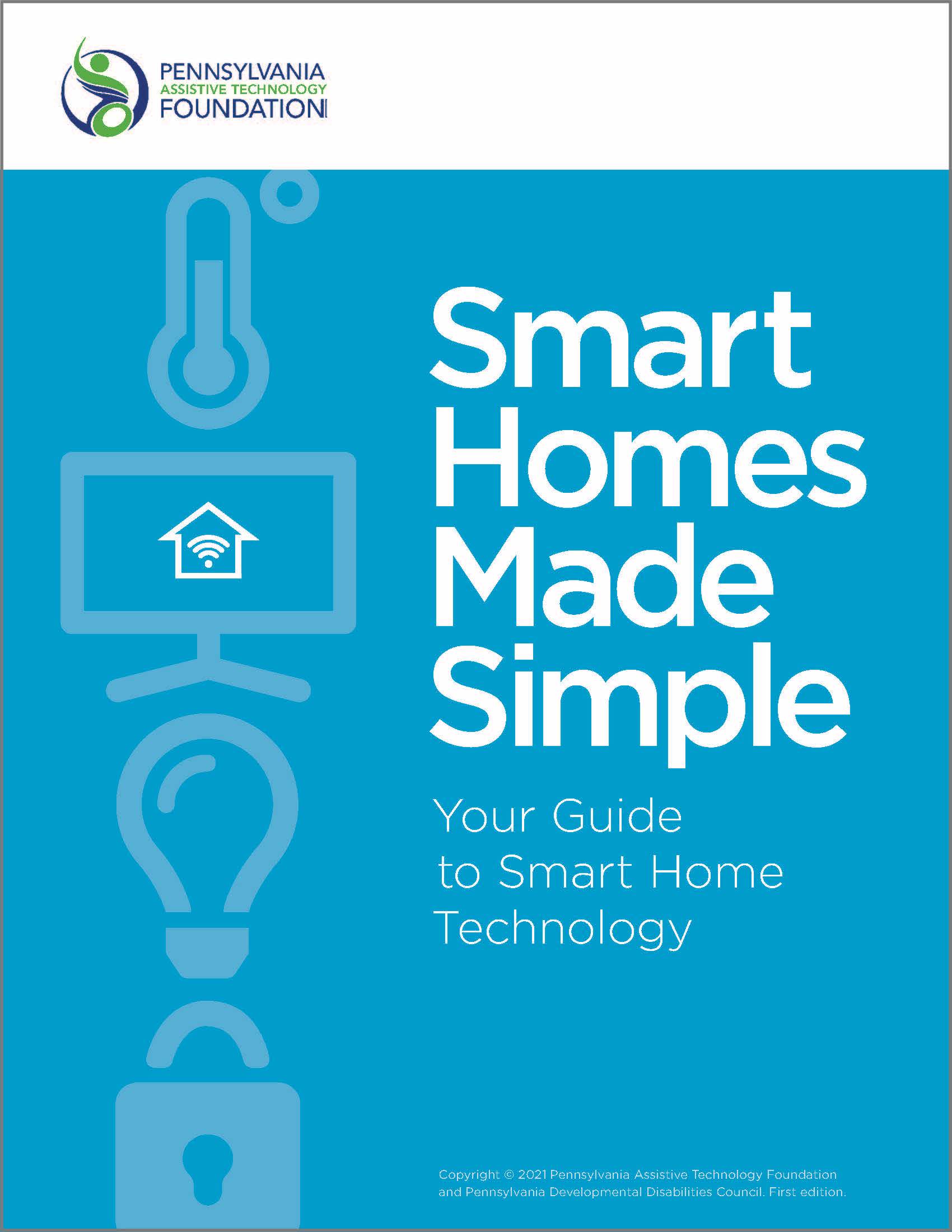
When deciding what kind of smart home technology to buy, it helps to start by identifying what you want to do.
Choose Your Goal